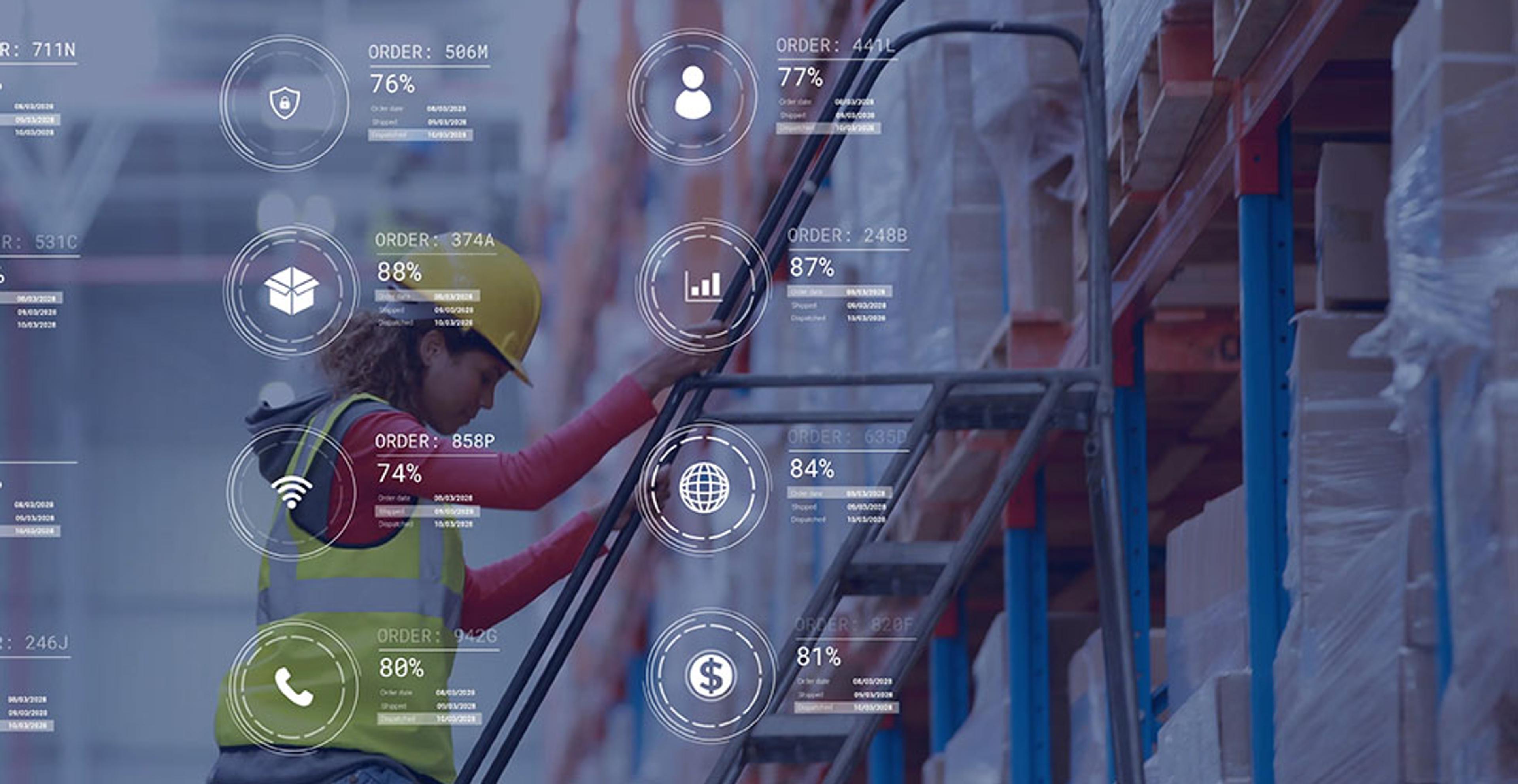Overcoming Supply Chain Challenges with Omnichannel Retail Strategy

Omnichannel retail strategy drives customer engagement to create seamless experience
As customer expectations evolve and become increasingly demanding, it is clear to see the advantages of an omnichannel retail strategy. Retailers have pulled out of a relatively disappointing peak holiday shopping season as inflation soared during 2022. The hope of blockbuster holiday sales disappeared, and former projections missed the mark. Holiday sales in 2022 totaled $963.3 billion, a 5.3% increase from 2021 but not quite the National Retail Federation’s forecast of 6 to 8%.
Orders placed for the holiday season in 2020 were showing up as late as July or August 2022. As a result, some retailers did not have control over what inventory they had on hand for the 2022 holiday sales period. Inventory reflecting pre-pandemic orders was paired with inventory placed at the height of the pandemic-two very different time periods for consumers. With products like athleisure and home goods taking up space on shelves, brick-and-mortar operations have found it difficult to make room for new inventory.
With continued supply chain issues, excess inventory, increasing return rates, and decreased spending on goods, the retail industry is facing challenges for the start of the new year. A recent survey released by Inventory Planner polled 500 US retailers and found that half are grappling with excess stock, with 27% writing it off as a loss in 2022. These brands are also dealing with the annual wave of product returns from the holiday season. To retain customer loyalty, many brands are taking an omnichannel approach to offer more choices not just for purchasing of goods, but to make returning an item less of a hassle.
Customer data points to evolving shopping habits
New data from Quantum Metric puts a spotlight on the digital customer experience. Customers will be scrutinizing when and where to spend their money in 2023 and the digital scape is growing faster than ever. Ecommerce sales reached more than $1 trillion in 2022, a 21% year-over-year (YOY) increase. In 2020, digital commerce was at just $705.4 billion and one year later it grew to $904.3 billion.
Customers have started not just browsing for products on their mobile devices but checking out as well. Last year’s Black Friday sales were 60% on mobile, a 7% increase YOY while desktop declined 9% YOY. Shopping on a smartphone is quickly becoming a customer’s preferred shopping channel, making a mobile-first approach ideal for merchants. Anything too cumbersome will drive away customers and revenue.
Retailers that don’t provide an omnichannel experience for online shoppers are reported to miss out on up to 30% of sales. The past few years have seen the rise of ecommerce purchases, bolstered by the pandemic. Consumer buying habits have shifted and the new expectations of the customer journey are here to stay. Retailers must now maximize their stores across multiple channels. Studies show that three or more channels can increase order rates by more than 490%.
Offering multiple fulfillment options is beneficial for both the customer and the merchant. Multichannel retail options like buy online pickup in store (BOPIS), ship from store, and anything in between have shown to increase customer satisfaction. Buyers then the flexibility to get their products from a physical store, pick up curbside, or sent right to their doorstep. And retailers can route orders to the best location and flex fulfillment center capacity levels to meet both their customers’ expectations and the bottom line.
Using returns to drive sales and a positive retail experience
Ecommerce revenue is forecasted to reach $1.111 trillion in the US this year and $1.281 trillion in 2024. While sales increase, naturally the number of returns will increase. The average rate of return for online purchases is much higher at 18.1% than the rate of brick-and-mortar stores at 8 to 10%. Fit can be the biggest issue and is most common in sectors such as auto parts or apparel. Returns on purchases can cost retailers up to 21% of the order’s original value including lost products, shipping, and labor.
To ease the financial burden of returns, retailers with an omnichannel strategy can use them to attract shoppers into physical locations. During the holidays, returns can rise as high as 30% and, no matter what, returns mean a loss of profit. Many stores have ceased to offer free returns and the window in which to return an item is slowly narrowing.
Allowing customers to return items to stores they’re already visiting offers more flexibility and convenience. Whole Foods has multiple Amazon return centers at its stores and Walmart slows you to drop-off returns curbside. Some online retailers are even offering a coupon for the store in which an item is returned, like Kohl’s does with Amazon.
Working with a trusted partner to build a successful omnichannel strategy
The covid pandemic was a wakeup call for many retailers across the globe, as disruptions and challenges occurred that were never seen before. There will still be inventory shortages, product delays, and logistics complexities in the future. Building a resilient supply chain can best be accomplished through manufacturing automation, vendor diversification, and warehouse distribution. Partnering with a trusted third-party logistics provided like ITS Logistics will provide flexibility, visibility, and a better customer experience.
Discover how ITS Logistics has helped its customers
- Caraway Sees 280% Order Volume Increase and Expands into Omnichannel Fulfillment
- Common Challenges, Uncommon Solutions
- ITS Logistics and Starbucks – A Perfect Blend
Catch us at TPM23
Navigating the challenges of port congestion, changing consumer demand, and limited chassis supply can take a toll on port/rail drayage and intermodal operations.
Industries like ecommerce, manufacturing, and retail are especially feeling this impact due to intricate supply chains sensitive to disruptions.
At #TPM23, we will be demonstrating our custom-built solutions that ensure your transportation and distribution networks can always flex to market uncertainties.
Stop by booth 34 to learn how you can bring flexibility and confidence to your supply chain network. Book a meeting with us today!



